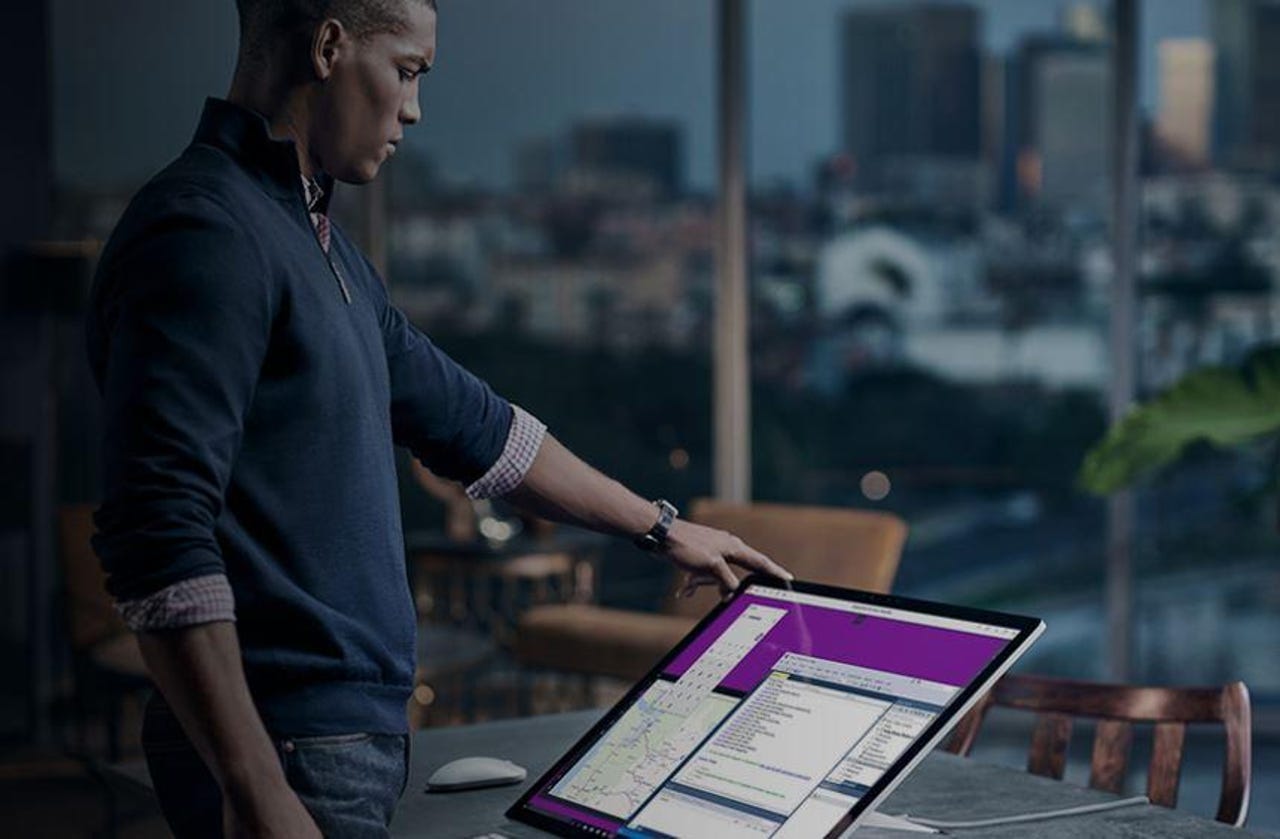Microsoft delivers public preview of Windows Virtual Desktop


Featured
Last September, Microsoft announced its new Windows Virtual Desktop (WVD) product and strategy. The company's plan was to make available to any and all interested testers an early version of the technology before the end of 2018. On March 21, 2019, Microsoft delivered (a bit late) on that promised WVD public preview.
WVD is a new service that provides multi-session Windows 10 and support for Windows Server RDS desktop and apps. WVD will allow users to virtualize Windows 7 and 10, Office 365 ProPlus apps and other third-party applications by running them remotely in Azure virtual machines. Microsoft officially announced WVD at its Ignite show in September last year; I unofficially helped them announce WVD a little earlier.
Microsoft also is committing to provide to WVD users the ability to virtualize their Windows 7 desktops -- with free Extended Security Update support though January 2023. That means customers who license and purchase WVD will continue to get security updates for Windows 7 after Microsoft officially ends support (and security updates for the product) after January 14, 2020, for no additional cost.
Microsoft has been testing WVD in private preview since last fall. In November, Microsoft acquired FSLogix, an app-provisioning company focused on desktop and app virtualization. Since then Microsoft has been working to integrate FSLogix's technology so it can help with WVD migrations.
Microsoft is not fully disclosing pricing for WVD today. Officials are saying that to use the service, customers will need to set up an Azure subscription, and then choose the type of virtual machines and storage they want.
Users who want to use WVD to access Windows 10 and WIndows 7 desktops and apps won't be charged an additional fee for that purpose, as long as they are existing Microsoft 365 F1, E3, E5, Windows 10 Enterprise E3 or E5 and/or are a Windows VDA customer. Those who are existing Windows Server users, there will be no additional cost, as long as they're using existing Microsoft Remote Desktop Services (RDS) and the appropriate client-access licenses.
During the public preview, desktops and apps can be deployed in virtual machines in any Azure region, but the data and management of these apps will reside in the U.S. That means data transfer to the U.S. may happen during the test period. Once WVD is publicly available, data and management for WVD will be available in all Azure regions, starting at general availability.
Microsoft is committing to make WVD generally available in the second half of 2019.